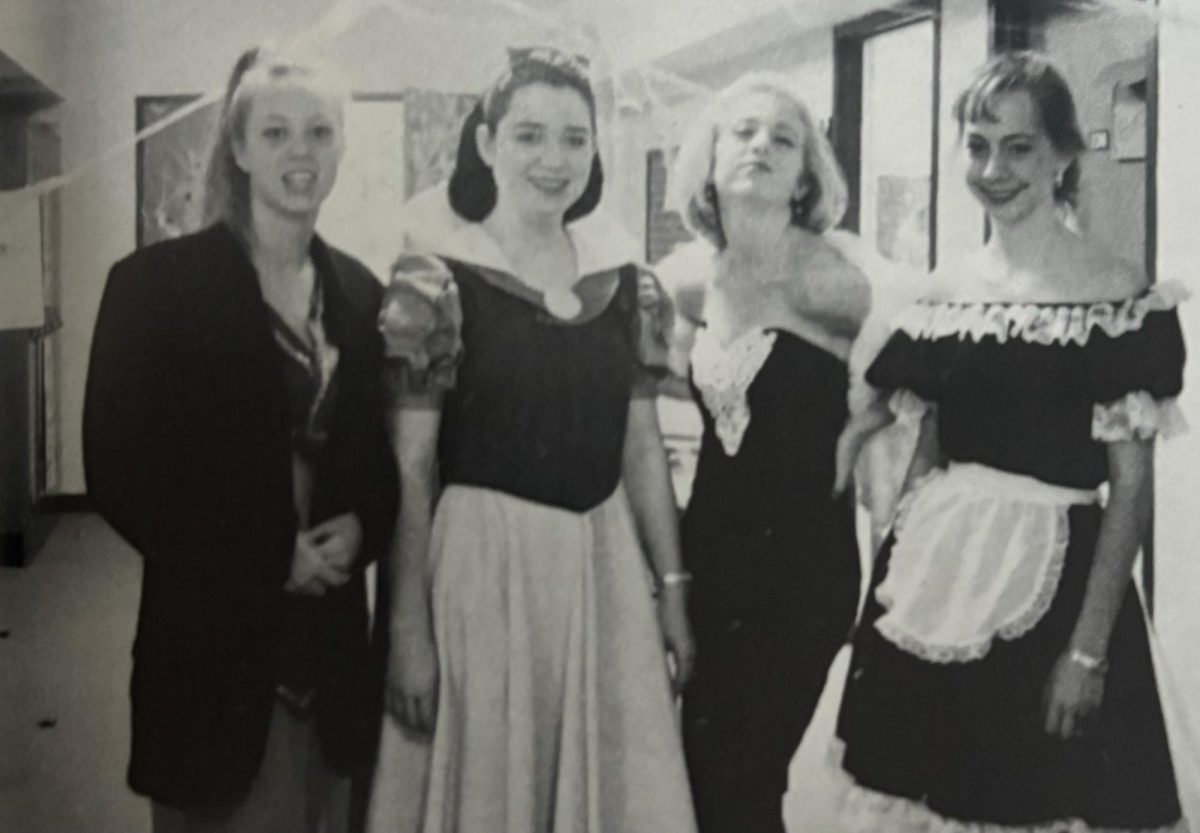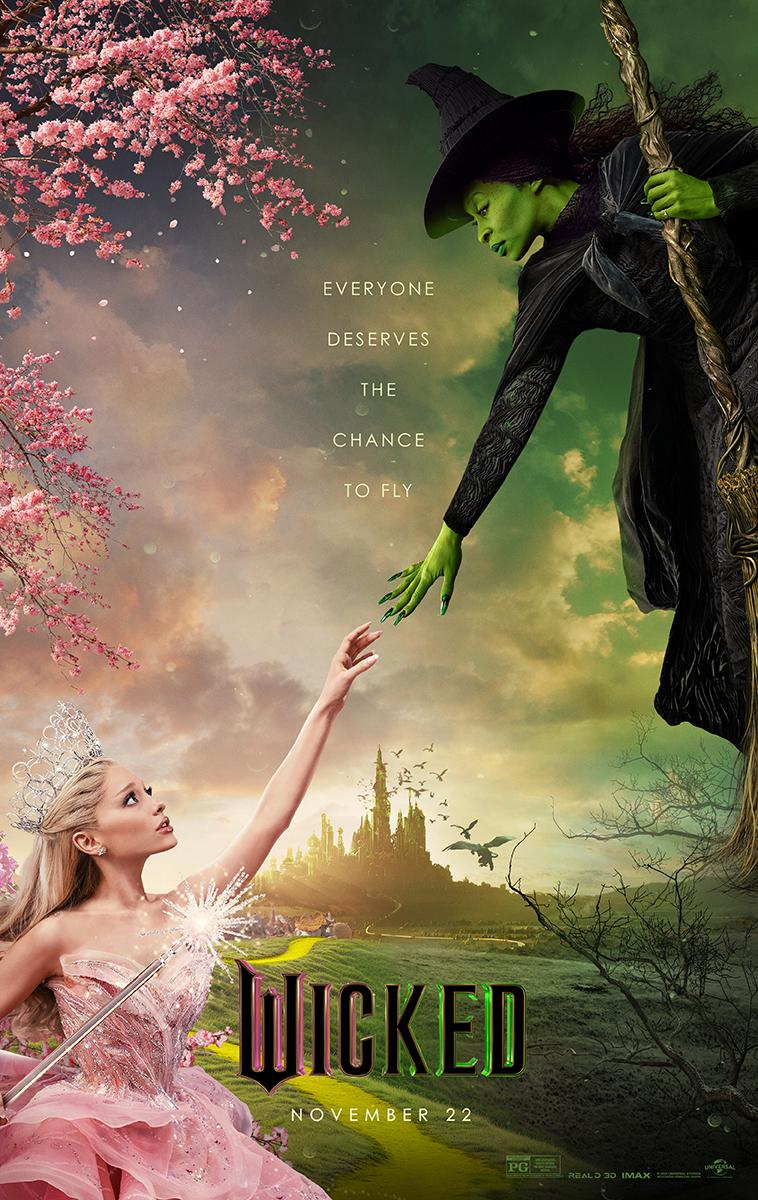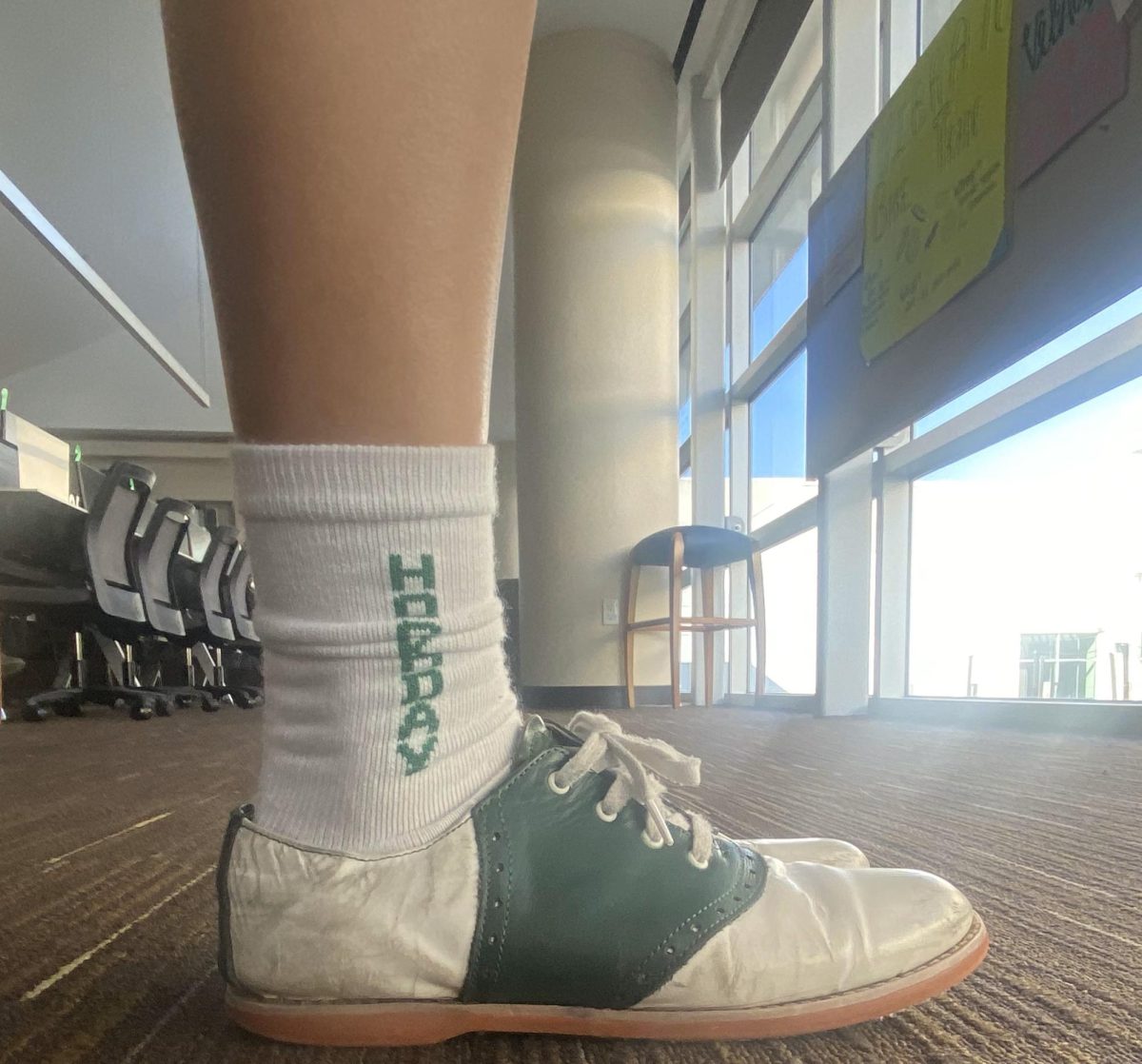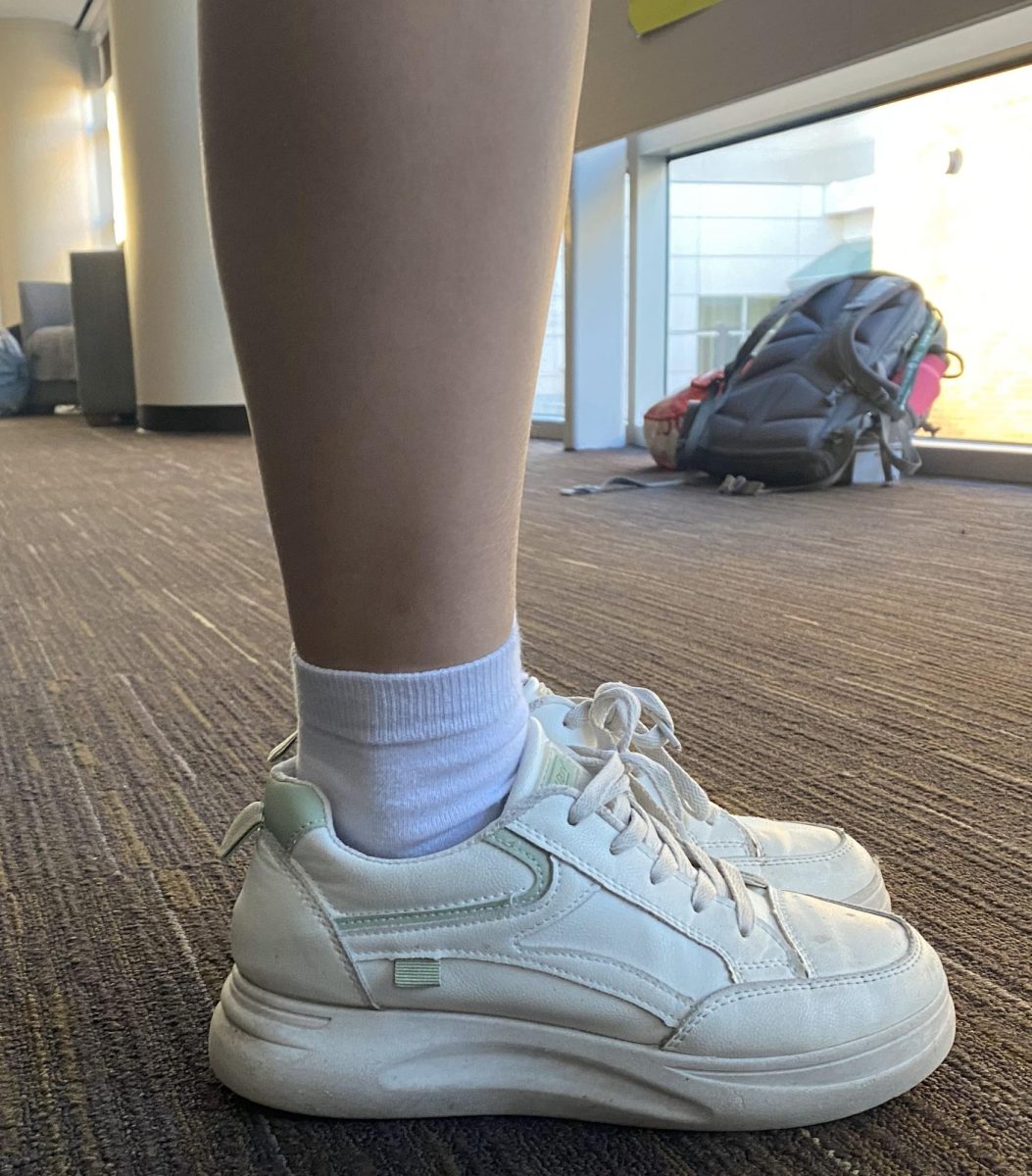Manisha Ratakonda – YES:
When you think of the London 2012 Olympics, what do you remember? Between the Fierce Five, Missy Franklin and Serena Williams, it’s safe to say that female athletes dominated the headlines. In the 1900 Summer Olympics, only 2 percent of athletes were women, while in this year’s Winter Olympics, 46 percent of the athletes that will be competing for team USA are women, a testament to the change in the Olympics gender distribution. Additionally, during the 2012 Summer Olympics, the women on Team USA won a total of 58 medals while men only won 45 medals.
Aside from women’s growing equality within athletic competition, the amount of media coverage of female athletes has also vastly increased. Gymnast Gabby Douglas and her teammates, the Fierce Five, received lots of airtime during and after the 2012 Olympics. Douglas, McKayla Moroney, Aly Raisman, Kyla Ross and Jordyn Wieber are practically household names for their Olympic achievements—after all, they appeared on many popular TV shows including The Today Show and The Late Show with David Letterman.
Internationally, women athletes have come a long way, considering that during the 2012 Olympics, every participating country had at least one woman competing. Thanks to the International Olympic Committee, countries such as Saudi Arabia, Qatar and Brunei sent female athletes for the first time. Sarah Attar was the first female track athlete to compete for Saudi Arabia in the Olympics. Attar competed in the 800-meter race while wearing her hijab, marking a historic moment for women on an international scale.
Yes, critics have scolded the media for spotlighting women for their sex appeal. But the media also typecasts men: males in the media are almost always displayed as being strong and muscular. As athletes, both women and men suffer equally from problems regarding exploitation in the media.
With nearly an equal number of competitors and an extensive series of accomplishments, we cannot wait to see what new achievements will come from the talented female and male athletes at Sochi.
Austria Arnold – NO:
The Olympic Games have long been an exhibition of both male and female athletes. While the treatment of the athletes has not always been equal in recent years, women have made huge progress towards equality in the Olympics. However, the same is not true in the media.
When I came across the recent Sports Illustrated issue featuring Mikaela Shiffrin, an 18-year-old member of the U.S. Ski Team, I couldn’t help feel excitement over seeing a female Olympian in her country’s uniform on the cover of a major sports magazine. However, as I flipped open the issue I could not find a picture of Shiffrin in action on the slopes. Posing with skis in hand, Shiffrin’s curves continue to be highlighted rather than her athletic ability. Where are the stories about women excelling on the court, in the gym and on the slopes?
While the ratio of male to female Olympians is almost equal in Sochi, we are far from equality in the media. According to “Women’s Talk Sports,” a network of blogs about women in sports, ESPN only published five covers with female athletes as the focus of the issue from 2004 to March 2009.
In the early months of 1964, Sports Illustrated needed to sell more copies. Thus, the now-annual Swimsuit Edition was born. In recent years, featuring many bikini-clad famous athletes like Serena Williams and Lindsey Vonn, the Swimsuit Issue has sold 10 to 15 times more copies on stands than a regular Sports Illustrated Issue. It’s so well-read that in 2005 the issue sold around $35 million worth of advertising. Not only are people creating sports magazines based solely on females posing in scanty clothing, but loads of people are buying these magazines.
While many forms of media can be blamed for their degrading depictions of female athletes, the readers who buy these forms of media are as equally in the wrong. The media will continue to publish what sells, so it is the viewers’ job to decide if men and women are being equally represented. Let’s take time to appreciate the talented female competitors in the Olympic Games and the few media sources that represent them exactly as they are: athletes.







